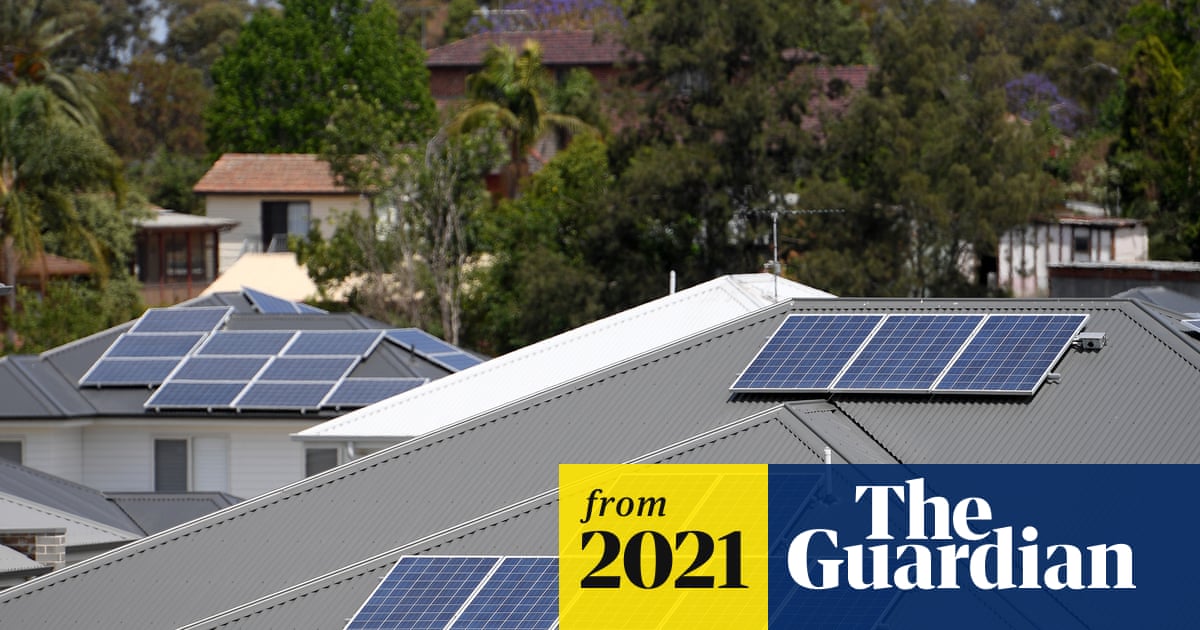I live in the south bay area of CA and have been working with Tesla on a proposal for Solar + 2 Powerwalls. Tesla originally spec'd an 8.16 kW + 2 PW system based on my electrical usage. After the home assessment, based on the details of my roof, they can only install a 6.12 kW system + 2 PW's and they now don't project that I will break even over a 20 year period. There are also significant limitations on the placement of the powerwalls and they have determined that the only viable location is on the back of our house (adjacent to our very small back yard) which isn't the greatest. The panels would certainly be a hedge against rising electric rates and the PW's would give me protection against power outages, but the thing no longer seems like a slam dunk.
I know this is a judgement call, but looking for opinions from others who have gone through a similar thought process.
I know this is a judgement call, but looking for opinions from others who have gone through a similar thought process.



